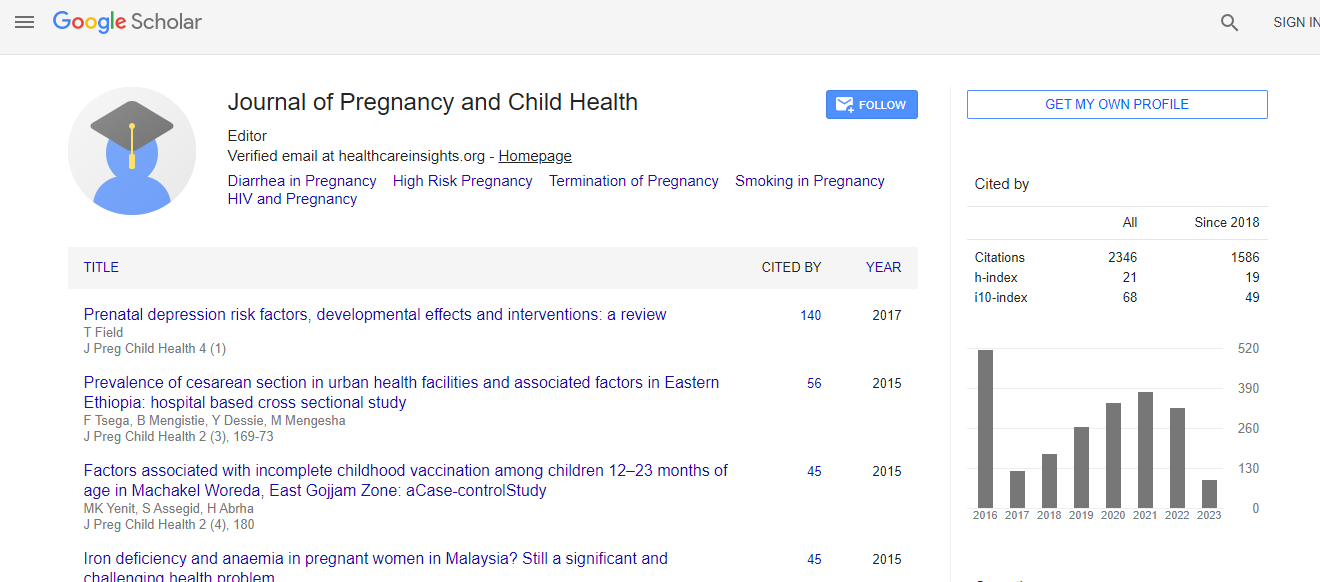Editorial
hCG, Hyperglycosylated hCG, Pituitary hCG, Cancer hCG and Fetal hCG
| Laurence Cole* | |
| USA hCG Reference Service, 34 Broadmoor Way, Angel Fire, USA | |
| Corresponding Author : | Laurence Cole USA hCG Reference Service 34 Broadmoor Way Angel Fire, USA Tel: 575-377-1330 E-mail: Larry@hcglab.com |
| Received: January 19, 2016; Accepted: February 13, 2016; Published: February 20, 2016 | |
| Citation: Cole L (2016) hCG, Hyperglycosylated hCG, Pituitary hCG, Cancer hCG and Fetal hCG. J Preg Child Health 3:222. doi:10.4172/2376-127X.222 | |
| Copyright: © 2016 Cole L. This is an open-access article distributed under the terms of the Creative Commons Attribution License, which permits unrestricted use, distribution, and reproduction in any medium, provided the original author and source are credited. | |
Abstract
Human chorionic gonadotropin (hCG) is a one-of-a-kind biochemical. The amino acid sequence of the α- and ß-subunits codes for six semi-independent molecules, binding two separate receptors, the lutropin (LH)/hCG hormone and the transforming growth factor-ß (TGFß) autocrine receptor. The six semi-independent molecules each vary by carbohydrate structure, merism and by the presence of mutations, and are produced by six different cells, or have six separate functions. This makes hCG the only molecule of its kind. Here we for the first time examine the structures, production and occurrence of the hCG six semi-independent molecules. The hormone hCG (hCG-1) structurally has 4 biantennary N-linked and 4 type one O-linked sugar side chains. It is made by fused placental syncytiotrophoblast cells and acts on an LH/hCG receptor, promoting hemochorial placentation during pregnancy, suppressing macrophage phagocytosis of fetal and placental tissues, and suppressing contractions during pregnancy. The molecule hyperglycosylated hCG (hCG-2) structurally has 4 biantennary N-linked and four type two O-linked sugar side chains. It is made by root cytotrophoblast cells but acts as an antagonist on an autocrine TGFß receptor on placental cells. It controls implantation and placental growth during pregnancy. The molecule previously called pituitary hCG (hCG-3) structurally is a variant of hCG-1 with sulfated N- and O-linked oligosaccharides. This is produced by pituitary gonadotrope cells and act on an LH/hCG receptor parallel to LH, promoting steroidogenesis, ovulation, oocyte growth and luteogenesis. hCG-4 is a variant of hCG with triantennary N-linked oligosaccharides and type two O-linked oligosaccharides. hCG-4 dimer is produced by trophoblastic cancers and hCG-4 free ß-subunit is produced by all other cancers. It is an autocrine that antagonizes a TGFß receptor promoting cancer cell growth and invasion. hCG-5 free ß-subunit is a variant of hCG-1 that is highly mutated. It is produced by the fetal liver and kidney during pregnancy, and promotes growth and development of fetal organs.

 Spanish
Spanish  Chinese
Chinese  Russian
Russian  German
German  French
French  Japanese
Japanese  Portuguese
Portuguese  Hindi
Hindi 
